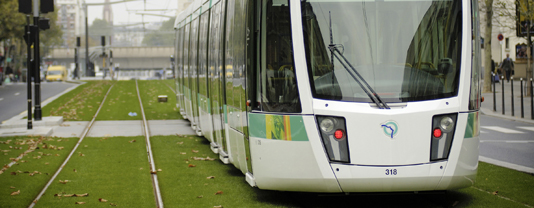It’s May and spring is way behind schedule: but on time as always, here’s the latest issue of Railway Engineering on your desk!
We met with engineer Spartaco Lanni, a successful expert in the design of railway superstructures with a long career behind him working in the Ferrovie dello Stato Ferrovie dello Stato italiano Italiane. He gave us a detailed account of the benefits and applications of ballastless systems as an alternative to standard railway tracks.
Solutions such as the Slab Track System offered by IPA and IPA International: an innovative track system made up of prefabricated, prestressed concrete slabs laid on a foundation with an intermediate mortar bed injected in situ. This system has found numerous applications in our railway network, from the Sciliar tunnel on the Verona-Brennero line, to the Carnia-Tarvisio line, up to the more recent works to build the Milan through line not to mention in the ‘Milano Cadorna’ terminal station of the Ferrovie Nord Milano.
As usual, Railway Engineering’s attentive eye cannot be kept from looking abroad and informing our regular readers all about the evolution of a railway system in a rapidly developing nation: this issue takes a look at India, where rail transport, both freight and passenger, is a mainstay of the Indian economy and daily life. An accurate, in-depth Focus On feature, packed with interesting contents has been divided into two parts just to keep you with bated breath.
In this issue we will begin by telling you about the Dedicated Freight Corridor project, two lines with special technical characteristics which, between 2015 and 2016, will cover 3,300 km to deal with the exponential increase in the demand for freight transport brought about by India’s rapidly growing economy. To ensure we did a good job, we interviewed Mr. R.K. Gupta, Managing Director of DFCCIL (Dedicated Freight Corridor Corporation of India) the company established by the Indian government specifically to follow the design, building and future running and maintenance of the new main lines. Furthermore, we also had a chat with Vinayak Deshpande, Managing Director of Tata Projects, one of the most dynamic companies in India operating in the infrastructures sector, involved, what’s more, in the works for building the Dedicated Freight Corridor.
Staying in the field of railways, but with a look at the world of passenger transport, we interviewed Mr. Rakesh Saksena, Managing Director of Mumbai Railway Vikas Corporation Ltd. about the plans for development and growth affecting the suburban rail system in Mumbai, one of the most complex in the world, with over 7.4 million passengers a day travelling on the 319 km of available track.
The aspect of urban mobility is something which we will be taking an even closer look at in our next issue, with part two of the Focus On feature dedicated to the metropolitan projects in Ahmedabad and Delhi.
And the question of rail transport systems spreading in cities and metropolitan areas throughout the world as the only possible answer to urban traffic congestion is increasingly arousing our interest, also because investments in this sector are growing by over 6% a year and forecasts state that by 2025 at least 60% of the world’s population is expected to be living in densely populated urban areas. This is why in this issue we are unveiling the very first in a series of Special articles dedicated to this topic.
So that we can be first in line in picking up on the changes and news in the world of rail mobility and constantly provide you with an up-to-date and far-sighted view.
Yet again, enjoy your read!
(Photo courtesy of Alstom transport)
